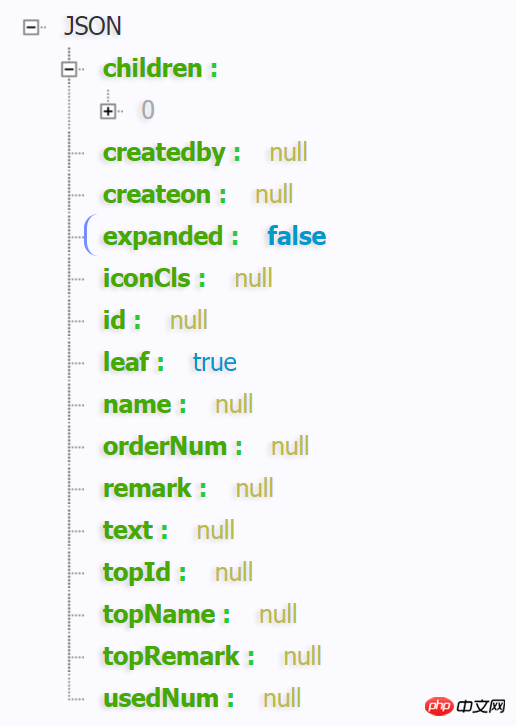
The picture shown is an object. Each child node has an array of children. The arrays are all combinations of objects in this pattern.
The lowest children.length=0. I need to add objects to a collection according to the nodes in sequence, such as angular's $scope.list=[];
This is what I write now. It works, but the order is wrong. Some nodes are later, but earlier, so the display is wrong:
cycle(data);
function cycle(projection) {
console.log("现在第几:"+times,projection.name);
times += 1;
if(times < 15) {
for(var k in projection) {
if(k == "children") {
// console.log("find k.value is:", projection[k]);
if(projection[k].length > 0) {
for(var i = 0; i < projection[k].length; i++) {
// console.log("size>0:name", projection[k][i].name, projection[k][i]);
cycle(projection[k][i]);
$scope.dd.push(projection[k][i]);
}
}
}
}
}
}
console.log("sfdsfsdfsdfsdf:", $scope.dd);
});The requirement is: the nodes of the pyramid must be added to $scope.list.push() in sequence, and the node objects of the third layer cannot be added to it before the objects of the second layer. How to improve this stuff?
習慣沉默2017-05-15 17:06:23
Eliminate zero reply grass grass grass grass grass grass grass grass grass grass grass